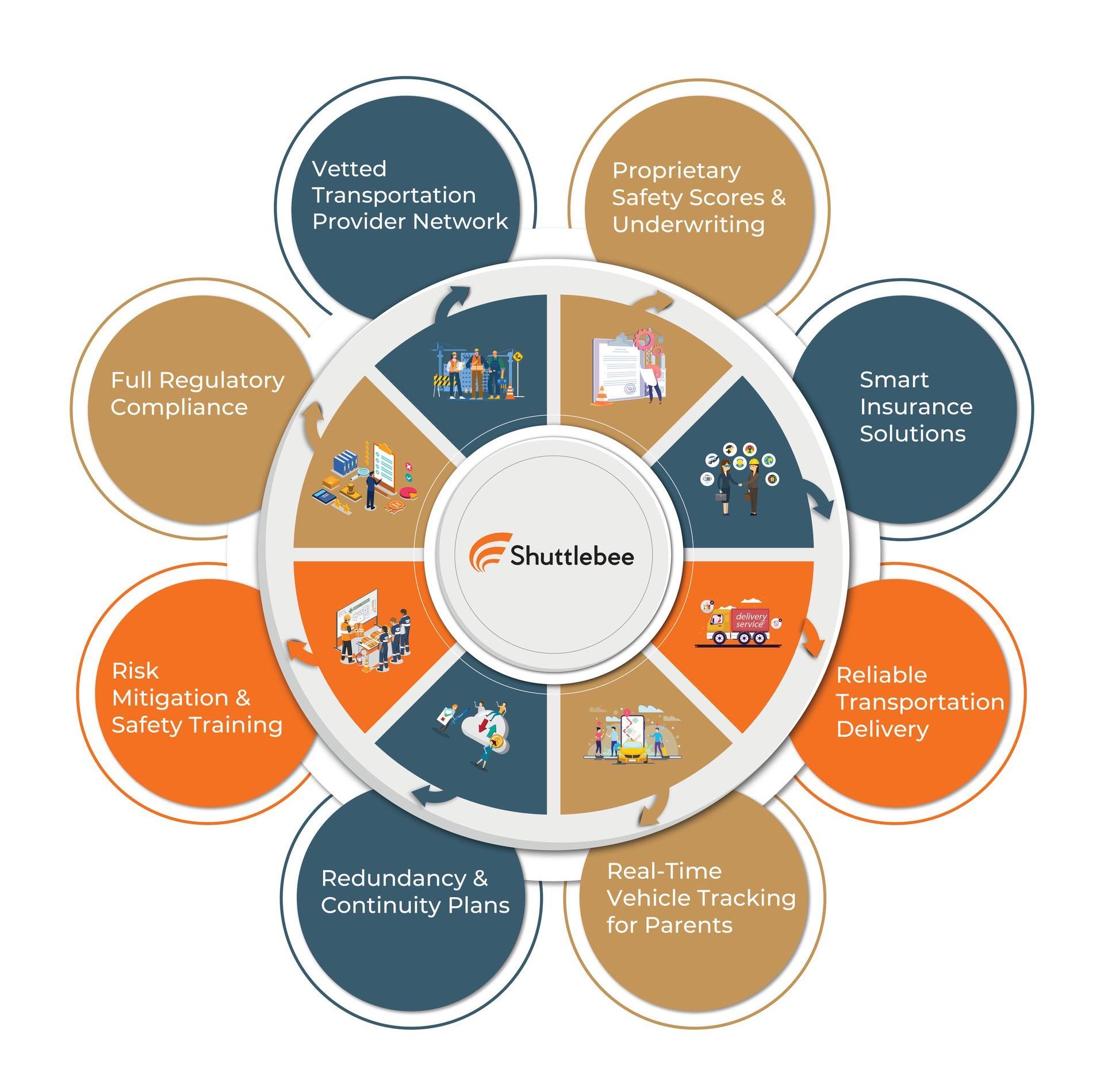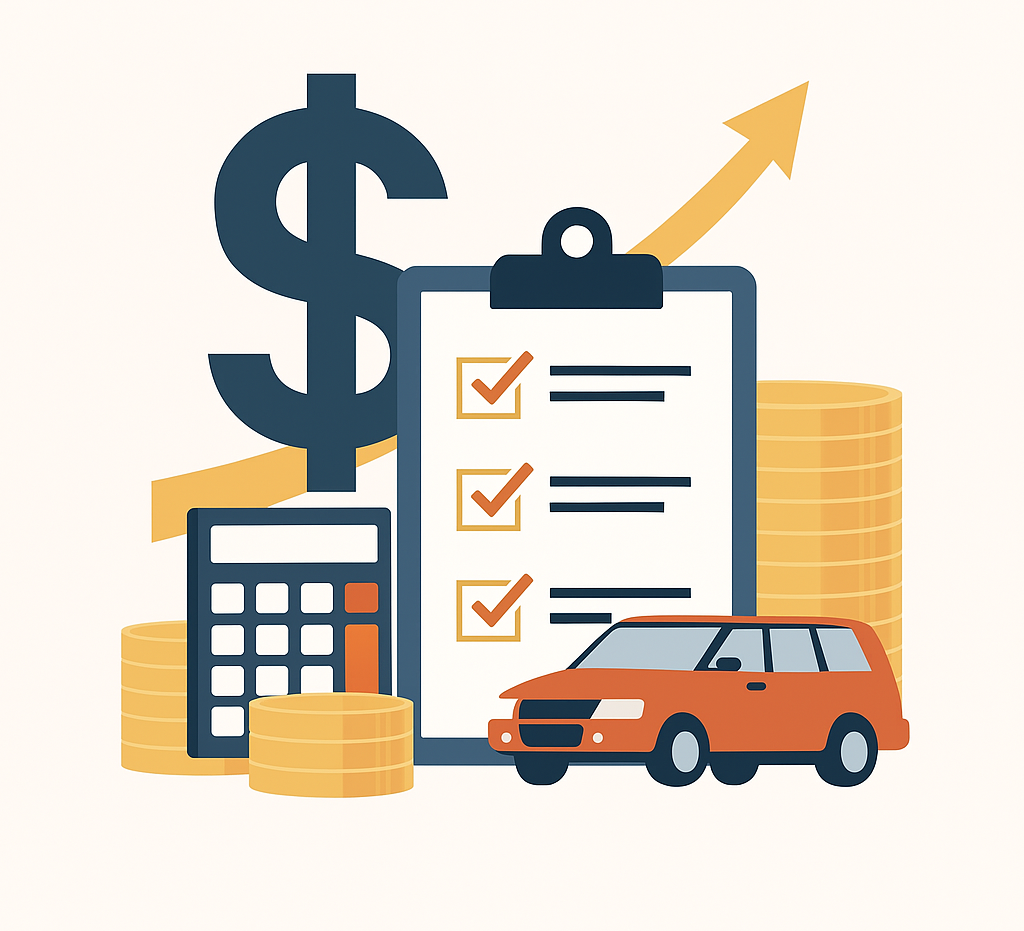By Kristina Fahl
•
April 19, 2025
Finding a transportation provider is one thing. Onboarding them safely, quickly, and compliantly is another challenge altogether. For many independent schools, transportation needs evolve—whether due to enrollment growth, new program offerings, or last-minute vendor cancellations. But bringing in a new provider isn’t just about availability; it’s about safety, trust, and compliance. And the reality is: most schools aren’t equipped to handle that process efficiently. At Shuttlebee, we’ve designed our platform to solve this exact problem. 🚧 The Hidden Challenges of Onboarding New Providers Whether you're placing a long-term vendor or looking for emergency coverage, onboarding a new provider can take 30–60 days—if you’re lucky. Here’s why: 1. Credentialing Takes Time Verifying driver licenses, background checks, vehicle inspections, insurance policies, and training documentation is a labor-intensive process. Missing one detail can result in compliance violations or safety risk. 2. Insurance Is a Barrier Many small, capable providers can’t afford Commercial Auto Insurance or are priced out due to their fleet size—even if their safety record is strong. This limits your pool of available vendors. 3. Lack of Oversight Infrastructure Even if you onboard someone quickly, real-time oversight—like vehicle tracking, incident alerts, or safety scorecards—is rarely in place. That means more manual coordination and higher risk. 4. Contracts and Safeguards Are Often Missing Without the right legal terms—like liquidated damages for missed routes or telematics requirements—your school has little recourse if things go wrong. 5. It’s a Heavy Lift for Your Admin Team Every new vendor means starting from scratch—again. From routing logistics to parent communication, each onboarding requires hours of manual effort and coordination. There’s no shared playbook, no automation—and the burden falls squarely on your staff. For independent schools with lean teams, that time adds up quickly. 🚀 How Shuttlebee Makes It Easy Shuttlebee is a marketplace and compliance platform built for independent schools. We streamline onboarding and oversight so you can place vendors confidently and quickly. Here’s how we help: ✅ We manage credentialing for you Our platform verifies licenses, insurance, background checks, and safety equipment—so you don’t have to. ✅ We recommend and coordinate compliant contracts Shuttlebee helps schools include the right legal language—like liquidated damages, telematics use, and non-circumvention—to protect your operations. ✅ We embed Commercial Auto Insurance We bring affordable coverage to qualified providers, unlocking access to safe vendors who were previously priced out of the market. ✅ We enable real-time oversight Our Dispatch Safety Program provides tracking, performance alerts, and safety scores—bringing visibility and accountability to every trip. ✅ We can support your existing providers Already working with vendors you trust? Shuttlebee can plug in our compliance, training, and tracking tools to strengthen those relationships and keep your team focused on students. 💡 Final Takeaway Onboarding new transportation providers shouldn’t be this hard—but without the right tools and protections in place, schools are left exposed. With Shuttlebee, you get the infrastructure, insight, and insurance you need to run a safer, smarter, and more resilient transportation program—even when vendors change. 👉 Want to see how Shuttlebee can help onboard your next provider? Book a quick consultation with our team. Shuttlebee: Compliance, coverage, and coordination—built for student transportation.





